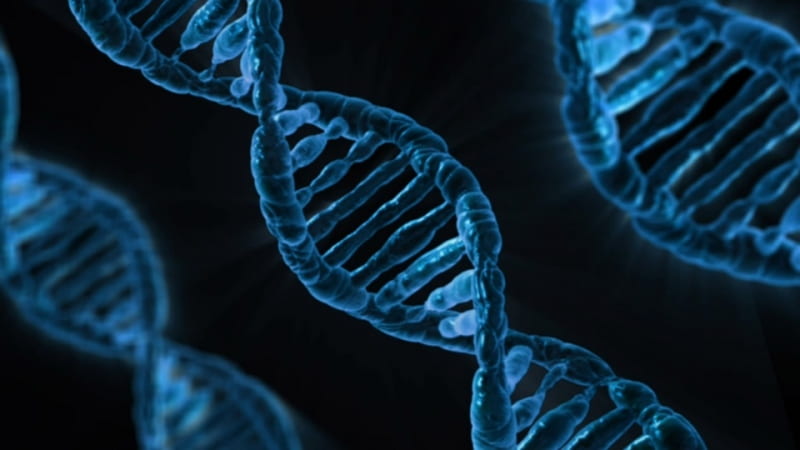UNRAVELING THE CODE OF LIFE
DNA is the code of life: a code which contains instructions on how to construct various proteins.
By: Namratha Sastry

Double helix image via Pixelbay.com, used under Creative Commons.
My interest in biology stems from the level of complexity and organization found within a single cell. I was astonished to learn that if every DNA molecule in the human body was unwrapped, it would stretch to Pluto and back. Being the inquisitive student that I was, I couldn’t help but wonder: what does it all do?
DNA is an incredibly complex macromolecule. It is made up of a string of nucleotides which have a sugar and phosphate backbone, along with a combination of nitrogen bases. These bases pair together to make DNA’s trademark double helix.
DNA is often referred to as the code of life because it is just that: a code containing instructions on how to build various proteins. Proteins are essential “heavy-lifters” in a cell, performing a multitude of different functions. Many proteins function as enzymes, catalyzing chemical reactions. Other proteins work to protect and maintain the cell’s structure, move cargo around within the cell, or even help cells communicate with and signal to other cells.
When a cell is in need of a particular protein, it initiates a process called transcription. This is when a specific region of DNA is copied into a “transcript” called messenger RNA (mRNA). This process was named transcription because DNA and RNA use a very similar coding system, this is similar to writing down an interview recording.
Once the mRNA contains the code for the requested protein, it undergoes a second process called translation. Here translation means converting mRNA to protein, comparable to translating the message from one language to another.
Just as a string of nucleotides makes up DNA and RNA, a string of amino acids makes up proteins. Jut as a pile of Legos can be turned into a castle or robot or even a flying car, the unique sequence of amino acids determines the identity of a protein. A cell contains specialized machinery to read the mRNA transcript and convert it into its respective protein, similar to a Lego’s instruction manual. Once the translation is complete, the string of amino acids forms a fully functional protein.
Although cellular and molecular biology have been studied for centuries, we have still only glimpsed the tip of this iceberg. This process of transcribing DNA to mRNA and subsequently translating mRNA to protein is a crucial function of DNA. However, a surprisingly small percentage (~2-3%) of DNA actually codes for proteins in this way. In fact, until very recently, the remaining 97-98% of DNA was collectively referred to as “junk DNA”.
The vast majority of DNA is still somewhat of a mystery. Much of the research being conducted at labs around the world seeks to better understand its other functions, exploring why our cells put so much energy into maintaining these regions of seemingly “junk” DNA. By unlocking these secrets, we will gain a better understanding of our cell biology, potentially leading new treatments for currently untreatable diseases.
